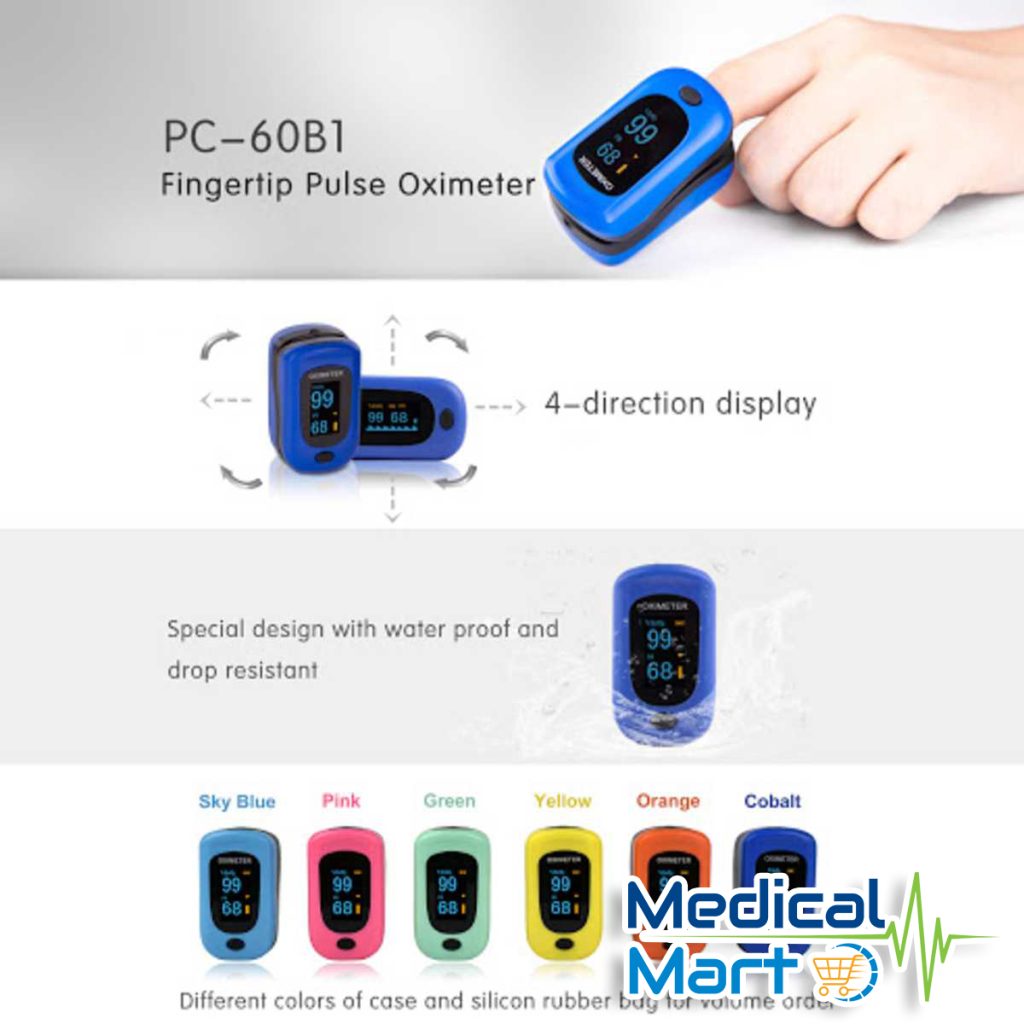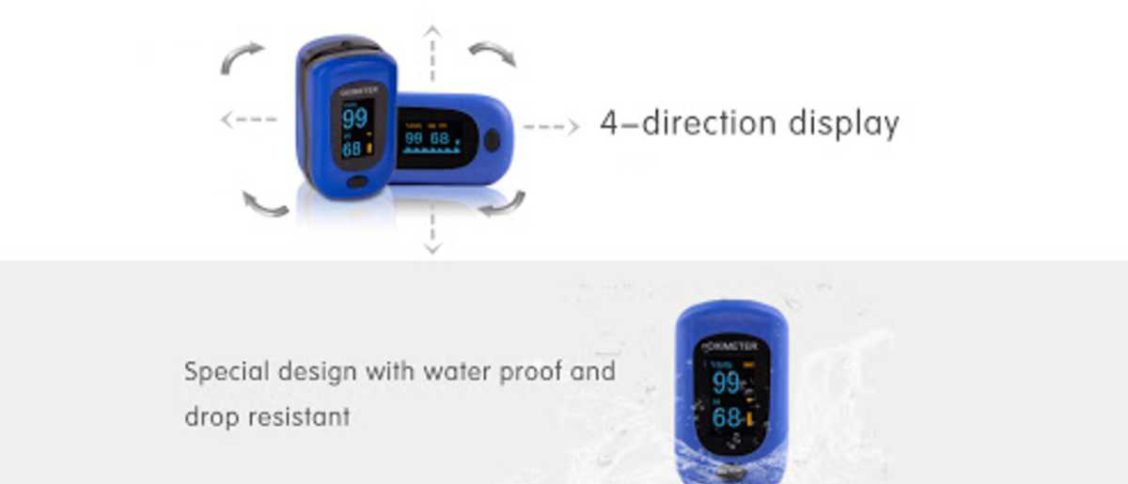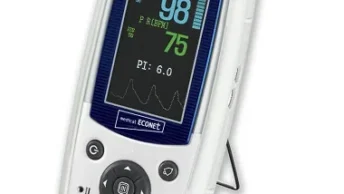Oxygen saturation, often abbreviated as SpO2, is a measure of the percentage of hemoglobin in the blood that is saturated with oxygen. It indicates how well oxygen is being transported from the lungs to the rest of the body. In other words, it tells you the percentage of red blood cells carrying oxygen compared to the total capacity of those cells to carry oxygen.

A normal SpO2 level for a healthy individual is typically between 95% and 100%. SpO2 levels below 90% are generally considered low and may indicate a problem with oxygen delivery to the body’s tissues.
To measure oxygen saturation, a pulse oximeter is commonly used. Here’s how it works:
Pulse Oximeter: A pulse oximeter is a small, non-invasive device that is often clipped onto a finger, earlobe, or another part of the body with good blood flow. It contains a light source (usually an LED) that emits two wavelengths of light, one of which is absorbed by oxygenated hemoglobin and the other by deoxygenated hemoglobin.
Light Absorption: The pulse oximeter’s light passes through the body part it’s attached to (e.g., a fingertip). The oxygenated hemoglobin in the arterial blood absorbs more of one wavelength of light, while the deoxygenated hemoglobin absorbs more of the other wavelength.
Sensor Readings: The pulse oximeter’s sensor measures the amount of light that is transmitted through the tissue and calculates the oxygen saturation level based on the difference in light absorption between the two wavelengths. It also provides a reading of the pulse rate, as it detects the pulsatile changes in blood volume.
Display: The result is typically displayed as a percentage (e.g., 98%) for oxygen saturation and in beats per minute (BPM) for the pulse rate.
It’s essential to follow these guidelines for accurate readings:
Ensure the pulse oximeter is properly placed on a part of the body with good blood flow and minimal interference (clean, nail polish-free finger, earlobe, etc.).
Keep the sensor still during measurement, as movement can affect the accuracy of the reading.
Be aware that factors like poor circulation, cold extremities, and dark skin pigmentation can sometimes lead to less accurate readings.
Seek professional medical advice if you have concerns about your oxygen saturation levels, especially if they consistently fall below the normal range.
Pulse oximeters are valuable tools for monitoring oxygen levels, but they are not a replacement for comprehensive medical evaluation. If you have persistent concerns about your oxygen saturation or health, consult a healthcare professional for a thorough assessment and guidance.







